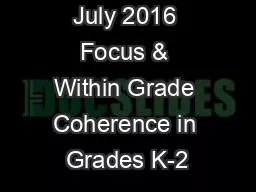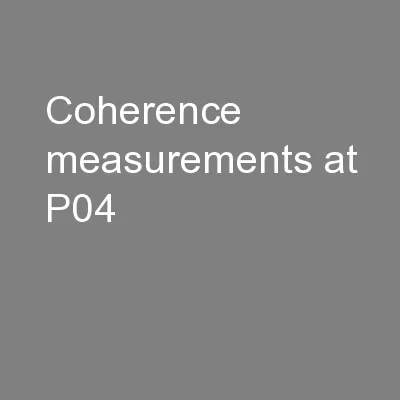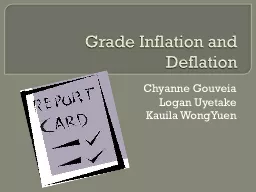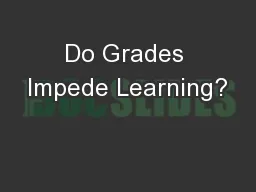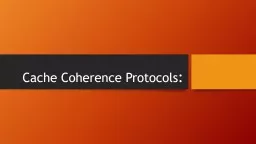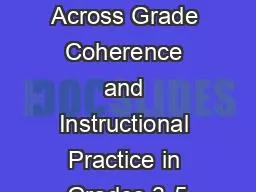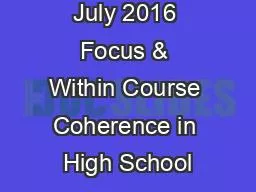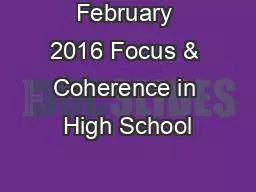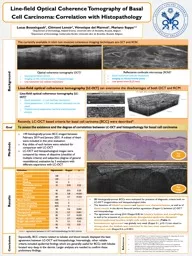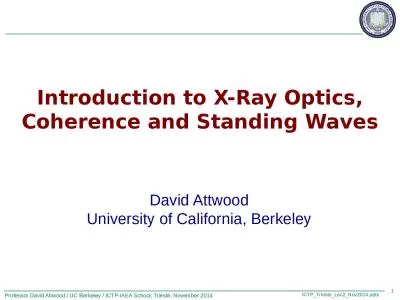PPT-July 2016 Focus & Within Grade Coherence in Grades K-2
Author : stylerson | Published Date : 2020-08-03
1 We know from experience the hard work teachers face every day as they strive to help their students meet the challenges set by higher standards We are a team
Presentation Embed Code
Download Presentation
Download Presentation The PPT/PDF document "July 2016 Focus & Within Grade Coher..." is the property of its rightful owner. Permission is granted to download and print the materials on this website for personal, non-commercial use only, and to display it on your personal computer provided you do not modify the materials and that you retain all copyright notices contained in the materials. By downloading content from our website, you accept the terms of this agreement.
July 2016 Focus & Within Grade Coherence in Grades K-2: Transcript
Download Rules Of Document
"July 2016 Focus & Within Grade Coherence in Grades K-2"The content belongs to its owner. You may download and print it for personal use, without modification, and keep all copyright notices. By downloading, you agree to these terms.
Related Documents

